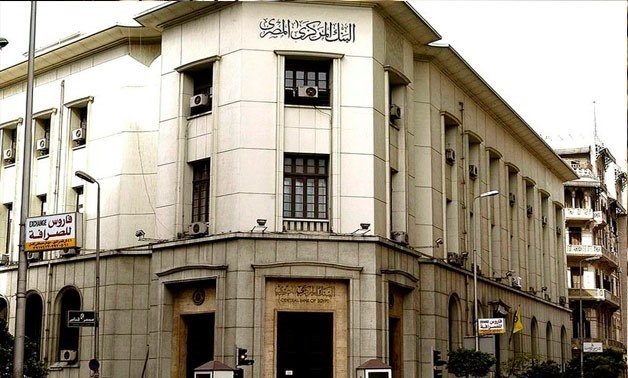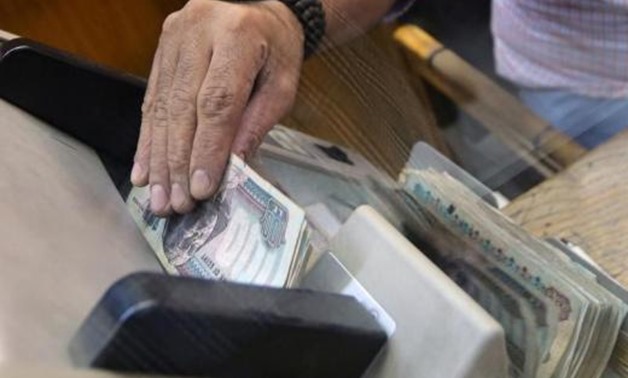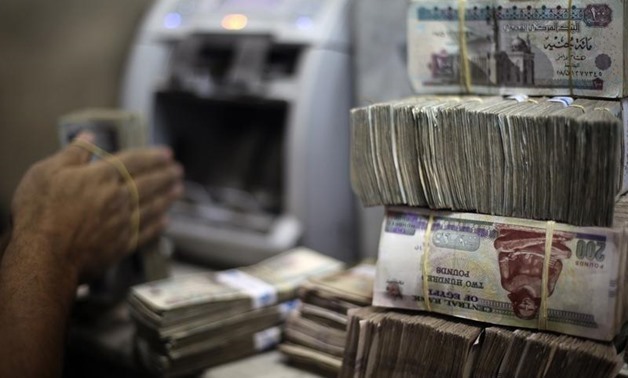CBE

The primary driver of this shift was a sharp expansion in the current account deficit, which rose to $5.9 billion, compared to $2.8 billion in the first quarter of the prior year.

According to a recent report from the Central Bank of Egypt (CBE), remittances climbed by 84.4 percent to reach $8.3 billion in the first quarter of FY 2024/2025, providing partial relief to Egypt's balance of payments (BoP), which registered a $991.2 million deficit.

By the end of FY2023/2024 (July 2024), Egypt’s external debt stood at $152.9 billion, down from $168 billion in June 2023.

Earlier in 2024, NFAs showed signs of recovery, turning positive in May for the first time since January 2022. However, after peaking at $14.3 billion in May, the surplus has since contracted by 58 percent, highlighting the mounting challenges faced by the sector.

President Abdel Fatah El-Sisi held Tuesday a meeting with Prime Minister Mostafa Madbouli, Governor of the Central Bank of Egypt (CBE) Hassan Abdullah, and Finance Minister Ahmed Kujuk.

The CBE’s efforts to boost financial inclusion align with the bank’s 2022-2025 strategy, aiming to expand access to financial services across Egypt.

This progress has been driven by collaborative efforts from state entities, the establishment of supportive regulatory frameworks, and the launch of tailored financial products designed to meet citizens’ diverse needs.

According to this data, the annual core inflation rate continued its downward trend for the third consecutive month.

The foreign currency reserves are composed of major global currencies, including the US dollar, Euro, British pound, Japanese yen, and Chinese yuan, providing a diversified financial foundation.

This step is part of ongoing efforts to promote digital transformation and reduce reliance on cash, supporting Egypt's goal of becoming a cashless society.

This initiative is part of Egypt's ongoing push toward digital transformation and reducing the reliance on physical cash, in line with the bank’s broader strategy to modernize the country’s financial infrastructure.

Egypt’s total external debt saw a significant decline, dropping by $7.7 billion in the second quarter of 2024 to $152.9 billion in June, compared to $160.6 billion in March.

This follows last week’s operation, where the CBE withdrew LE 1.135 trillion.

The issuance includes three tranches: the first, valued at LE 5 billion, has a two-year term, and the second is worth LE 12 billion with a three-year term.

These bills, with a maturity of 364 days, are scheduled to mature on December 2, 2025, according to the bank’s website.

Egypt’s foreign assets only recently shifted to a surplus back in May, following two years of a deficit caused by several conditions including a large number of foreign investors pulling out from the market.

Remittances from Egyptians abroad witnessed major leaps after reforms in March 2024, doubling in Sept. 2024 to record about $2.7 billion.

Egypt’s President Abdel Fattah El Sisi met on Monday with Prime Minister, Moustafa Madbouly, and Governor of the Central Bank of Egypt (CBE), Hassan Abdallah.

The bank’s reserves reached LE 403.147 billion, while its capital stood at LE 21.600 billion as of October 2024.

The T-bills were offered in two installments, with the first valued at LE 45 billion with a 91-day term.